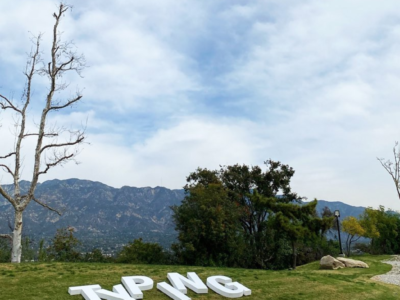A journey into the mountains of Michelangelo
A journey into the mountains of Michelangelo
PHOTOS AND WORDS BY : RODRIGO CAULA
Created by the Romans after their conquest of Liguria in the early 2nd century B.C, the city of Carrara originated as a borough, designed to house workers in the marble quarries. Since being discovered by Michelangelo in the 16th century, the mountainous Tuscan landscape specifically Monte Sagro and Calacatta Manhattan, have served as Italy’s primary source for building material. Some of the most prestigious brands from around the world such as Hermes and Marsotto source from there as well.

Carrara is where Michelangelo embarked on a series of life threatening expeditions to secure blocks of precious white Carrara marble stone for his celebrated ‘Pietà’ and ‘Moses’ masterpiece sculptures. Like the vitality of human flesh, the ephemeral material becomes more than just a sculptural medium; a juxtaposition between the sheer scale of the monumental stone volumes and the pristine Italian mountains-cape.

Flashback to December 2013: Milan, Italy. It was here where I first stumbled upon various images of the Carrera Mountains in an art piece by Betony Veyron about the relationship between mountain and man. Exposed and marked with gunpowder, the rocky excavations of these different landforms gave me some form of deja-vu. It was as if I’d already embarked on an expedition similar to Michelangelo, through an Italy I’d never known.

Six weeks later I’d find myself en route to Carrara, hopping between regional trains from Milan without a plan or any formal manufacturing contacts. I’d spend the next three weeks navigating the small town and taking the same 10 hour return trip, until ultimately being introduced to Vittorio Eredini, the owner of one of Carrara’s largest quarries and his own manufacturing facility.

Five years later, his operation continues but his quarry appears quite different as he’s removed almost 150,000 tons of stone from the cave. The general mountains-cape also feels altered. The view appears slightly degraded. Time has eroded their surfaces in a trade off for supply and demand, where familiar landmarks and abandoned facilities remain untouched.
Although there’s still about another 1,000 years before all the usable marble disappears, it’s powerful to think that each day in Carrara will never be the same. Until then, the ongoing relationship and dialogue between mountain and man will have to continue unless we find a replacement for mother nature.









